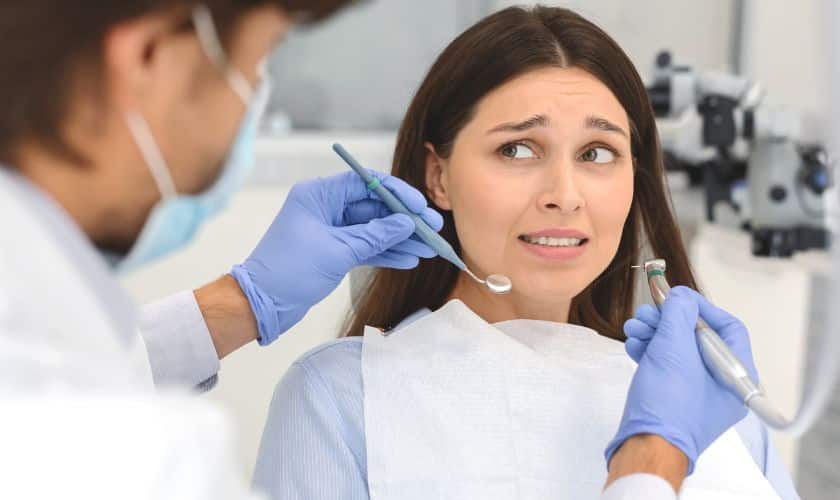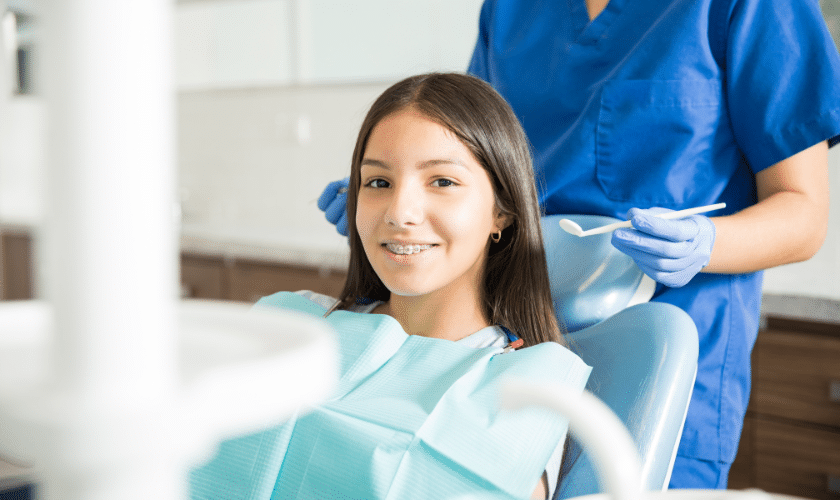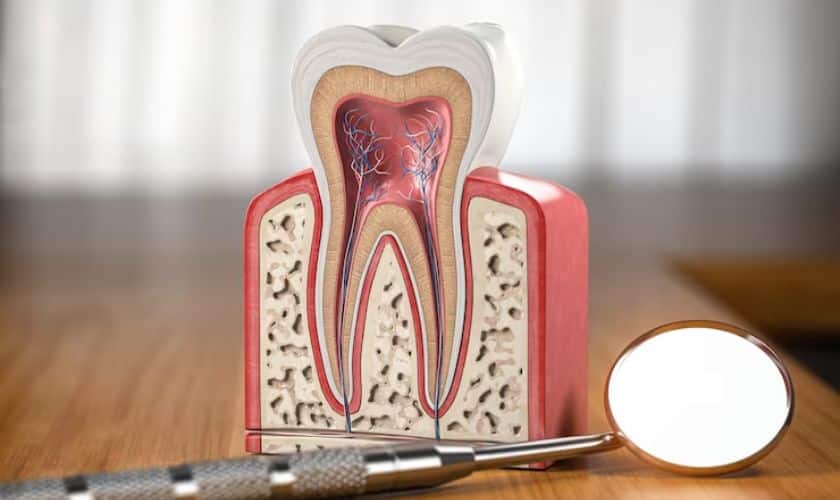702-862-4088

Invisalign has become a popular choice for orthodontic treatment, particularly among adults. Unlike traditional braces, Invisalign uses clear, removable aligners to gradually straighten teeth. This offers a more discreet and potentially more comfortable alternative for achieving a straighter smile. But before you jump into Invisalign treatment, there are some important things to consider.
Am I a Good Candidate for Invisalign?
While Invisalign offers a great option for many, it’s not suitable for everyone. Here are some factors to consider:
1. Severity of Misalignment: Invisalign is typically best suited for mild to moderate crowding, gaps, overbites, or underbites. If you have severe misalignment issues, traditional braces might be a more effective solution.
2. Commitment and Discipline: Invisalign treatment requires a significant commitment. You’ll need to wear the aligners for 20-22 hours a day, only removing them for eating, brushing, and flossing. Skipping wear time can significantly impact the results and prolong treatment.
3. Dental Hygiene: Maintaining good oral hygiene is crucial during Invisalign treatment in Las Vegas. Food particles trapped between the aligners and teeth can cause cavities and bad breath. You’ll need to brush and floss diligently to keep your teeth and aligners clean.
4. Lifestyle: If you participate in contact sports or activities with a high risk of mouth injuries, Invisalign might not be the best choice. Losing or damaging the aligners can disrupt treatment.
What to Expect During Invisalign Treatment
If you and your dentist determine Invisalign is a good fit, here’s a general outline of what to expect:
1. Consultation and Treatment Plan: During the initial consultation, your dentist will discuss your goals and examine your teeth. They will take X-rays and impressions to create a customized treatment plan. This plan will outline the estimated treatment time, the number of aligner sets needed, and potential costs.
2. Getting Fitted for Aligners: Once the treatment plan is finalized, your dentist will take digital scans or impressions of your teeth. These are used to create a series of clear, custom-made aligners.
3. Wearing and Changing Aligners: You’ll typically receive several sets of aligners at a time. Each set is worn for 1-2 weeks before switching to the next one in the series. It’s crucial to wear the aligners for the prescribed amount of time to ensure proper tooth movement.
4. Regular Appointments: You’ll need to visit your dentist every 4-6 weeks for checkups. These appointments allow your dentist to monitor progress, ensure proper aligner fit, and address any concerns you might have.
Potential Challenges and Considerations
While Invisalign offers several benefits, there are also some potential challenges to consider:
1. Discomfort: You may experience some discomfort, particularly during the first few days of wearing a new aligner set. This is because the aligners are gently shifting your teeth. Over-the-counter pain relievers can help manage any soreness.
2. Lisp: In some cases, wearing the aligners initially might cause a slight lisp. This usually improves within a few days as your tongue adjusts to the aligners.
3. Diet: You can only eat and drink water while wearing the aligners. This means removing them for meals and snacks and cleaning them thoroughly before putting them back in.
4. Appearance: While generally considered invisible, Invisalign aligners might be slightly noticeable, especially upon close inspection.
5. Cost: Invisalign treatment can be comparable to traditional braces. The exact cost will depend on the complexity of your case, treatment duration, and your dentist’s fees.
Invisalign treatment can be a great way to achieve a straighter smile discreetly and comfortably. By carefully considering the factors discussed above and having an open conversation with your dentist, you can determine if Invisalign is the right choice for you.





